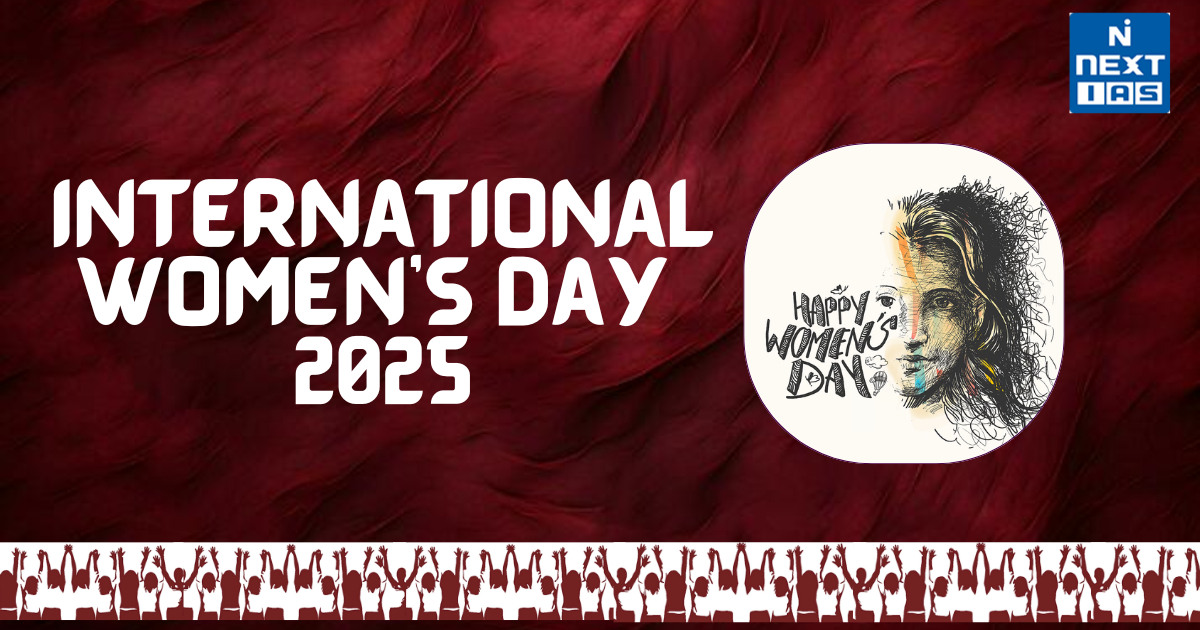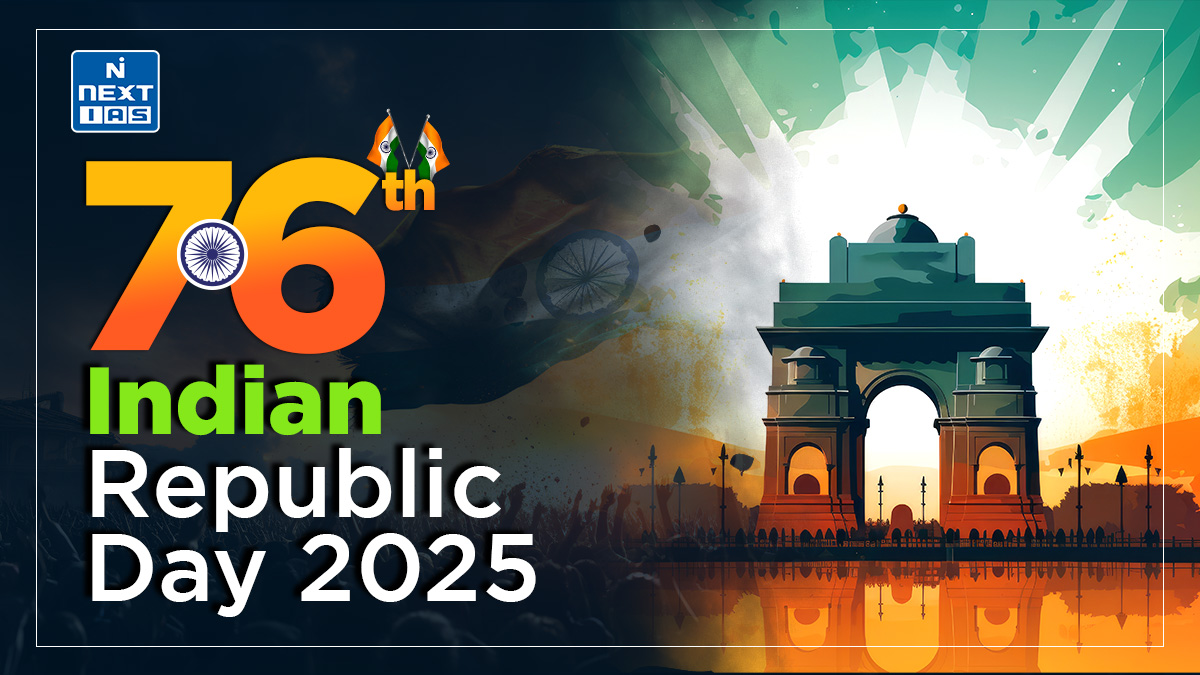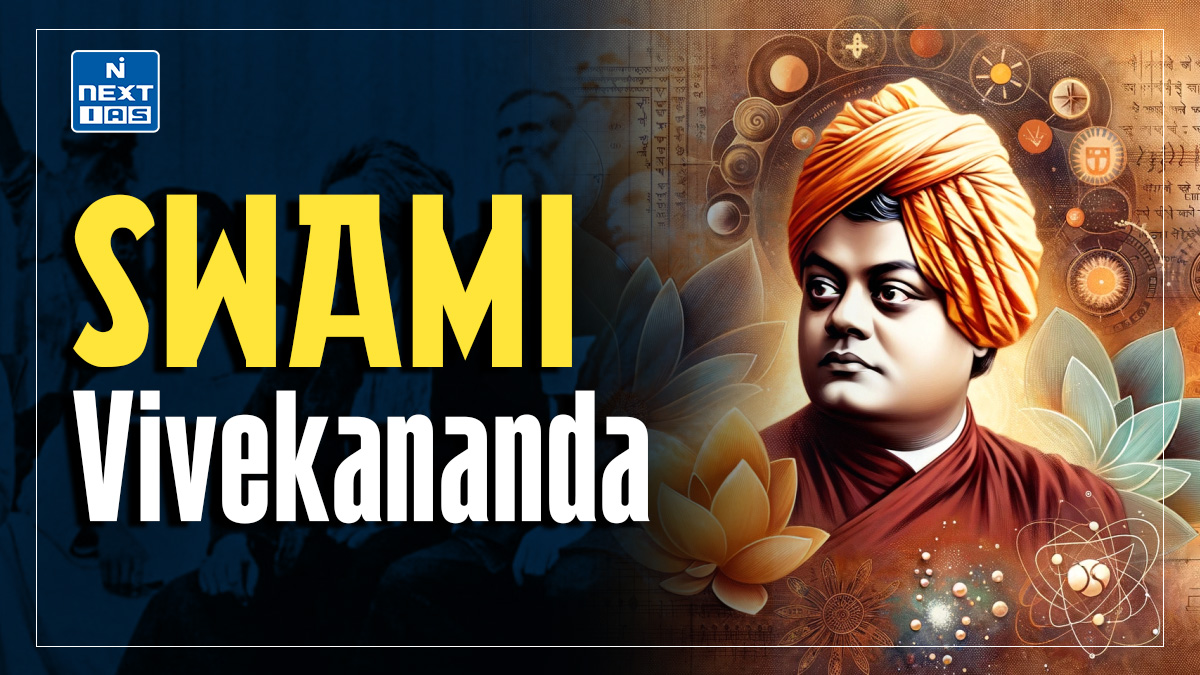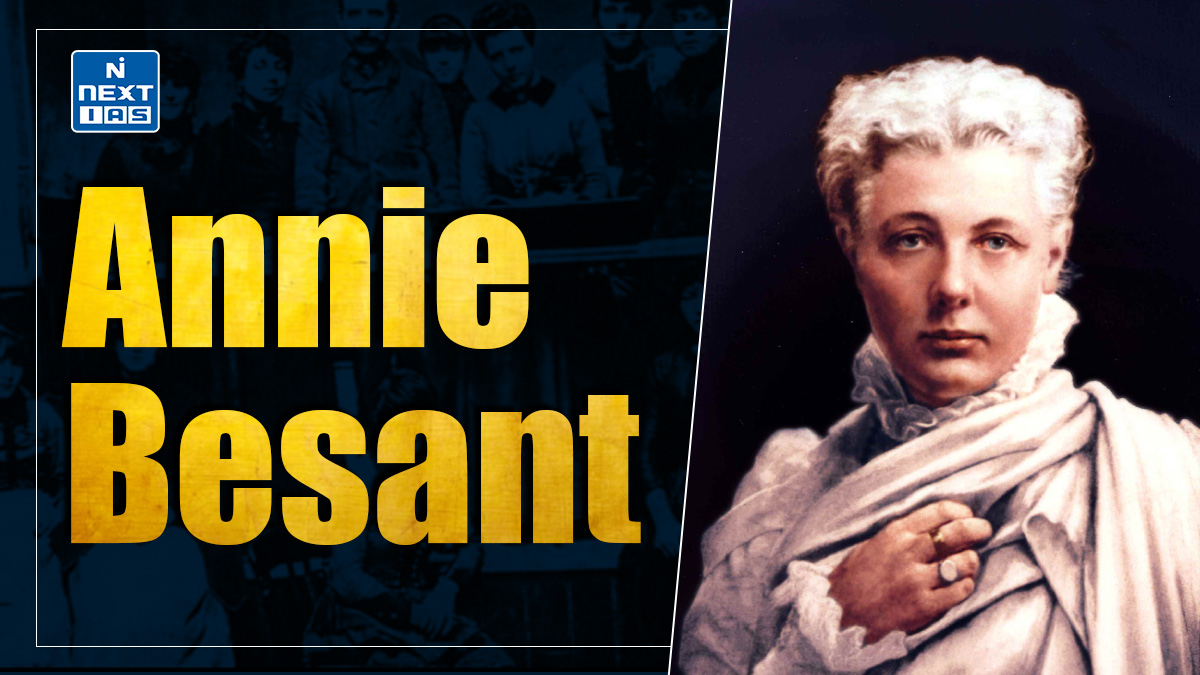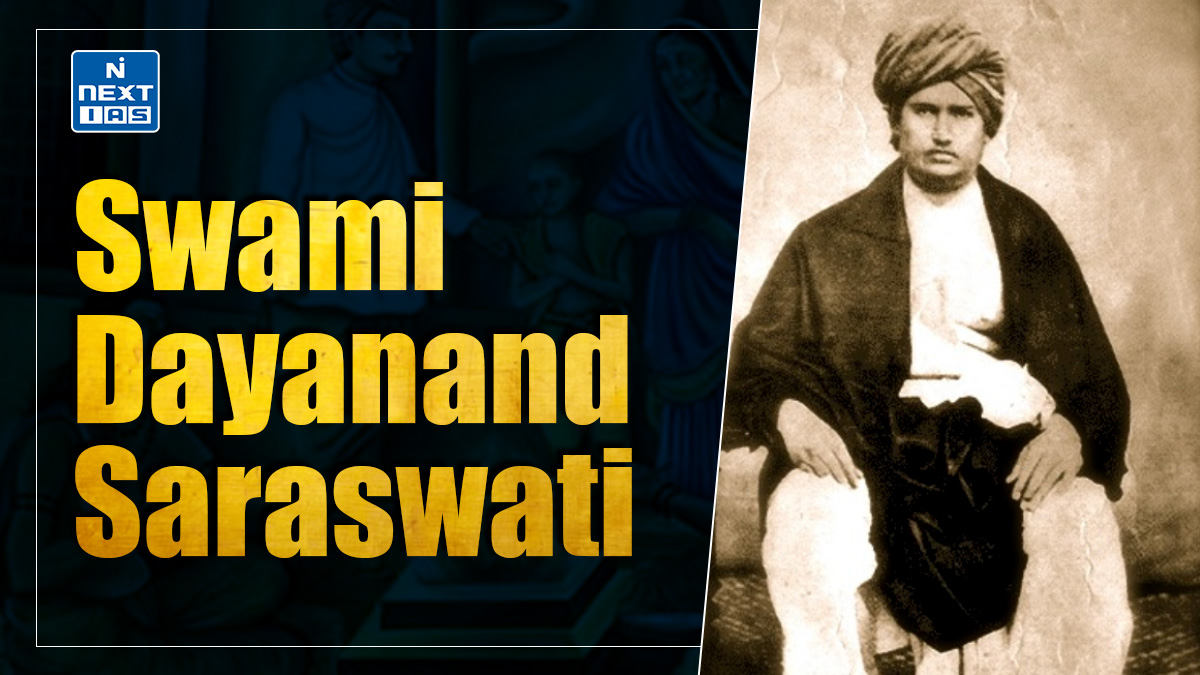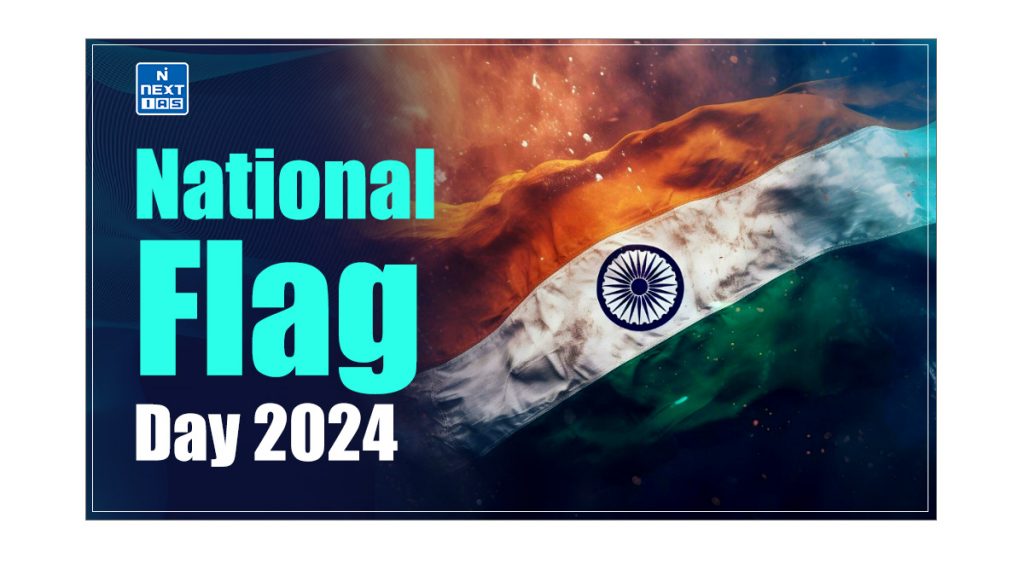
National Flag Day 2024 (22 July) is the day when India comes together to celebrate the adoption of the National Flag by the Constituent Assembly in 1947 and to reflect on its significance and the values it represents. Like every year, this year as well, the nation is all set to celebrate National Flag Adoption Day 2024 on 22nd July 2024. As India honors the importance of our tricolour and its role in uniting the nation, this article on Indian National Flag Day presents a detailed account of its history, key facts, objectives, theme, significance, and more.
About National Flag Day
National Flag Day in India is celebrated annually on July 22 to commemorate the historic day when the Constituent Assembly of India adopted the present-day tricolour flag as the official National Flag of the country. This significant day marks the official selection of the tricolour flag with its deep saffron, white, and Indian green stripes, and the Ashoka Chakra in the centre. The occasion also serves as a platform to appreciate and raise public awareness about the flag’s role in symbolising India’s independence, unity, and rich heritage.
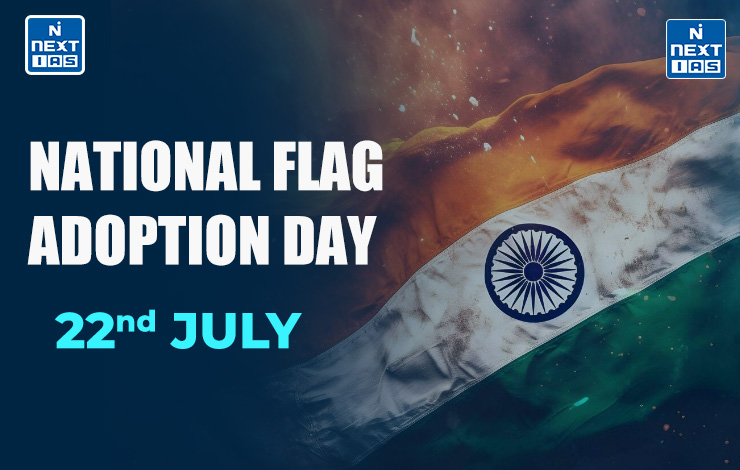
Key Facts about National Flag Day
| Date | 22nd July 2024 |
| Origin | This day commemorates the historic adoption of the Indian National Flag by the Constituent Assembly on July 22, 1947. |
| Objective | To honor the rich symbolism and significance of the Indian National Flag, and to foster a sense of patriotism and national unity among the citizens. |
| Theme | The theme for National Flag Adoption Day of India varies each year, focusing on different aspects of patriotism, national unity, and the significance of the tricolour. |
| Theme 2024 | The theme for National Flag Adoption Day 2024 is yet to be announced. |
History of National Flag Day
The history of Indian National Flag Day traces back to the early 20th century and culminates in its formal adoption by the Constituent Assembly in 1947. The chronology of its origins and evolution is explained below.
Early Designs and Origins of National Flag
- 1906: The first Indian National Flag is attributed to Pingali Venkayya, a freedom fighter from Andhra Pradesh, who designed it in 1906.
- It featured a horizontal tricolour of red, yellow, and green with a white crescent and star in the centre.
- 1917: By 1917, the flag was modified to include saffron at the top, white in the middle, and green at the bottom, with the crescent and star moved to the top left corner.
Introduction of the Ashoka Chakra in National Flag
- 1921: In 1921, Mahatma Gandhi proposed a new design that included a spinning wheel (charkha) to symbolize progress.
- This design also had the tricolour of saffron, white, and green.
- Subsequently, the Ashoka Chakra, a 24-spoke wheel representing the Wheel of Law in Buddhism, was introduced in the centre of the white stripe in 1921.
Adoption by Indian National Congress
- 1931: The Indian National Congress formally adopted the tricolour flag in 1931 as its Official Flag, symbolizing the unity and diversity of India’s freedom movement.
Adoption as the National Flag
- 1947: On July 22, 1947, the Constituent Assembly of India adopted the current form of the National Flag.
- This version retains the tricolour of saffron, white, and green with the Ashoka Chakra in navy blue at its centre.
- The adoption came just before India’s independence on August 15, 1947, signifying the culmination of the nation’s struggle for freedom.
Present Status
- National Flag Adoption Day in India, since its formal adoption by the Constituent Assembly in 1947, has become an annual commemoration of national unity and freedom.
- The day is observed nationwide with great reverence, marking the adoption of the tricolour flag as a symbol of India’s sovereignty and aspirations.
National Flag of India
- The national flag of India, known as the “Tiranga” or “Tricolor,” is a symbol of the country’s independence, sovereignty, and unity.
- It was adopted on July 22, 1947, shortly before India gained independence from British rule.
- The design elements of the National Flag and their symbolism are as follows:
| Element | Symbolism |
|---|---|
| Deep Saffron at the Top | Represents courage, sacrifice, and strength. |
| White in the Middle | Signifies peace, truth, and purity. |
| Green at the Bottom | Stands for fertility, growth, and auspiciousness of the Indian land. |
| Ashok Chakra (a 24-spoke wheel) at the Center | Represents the eternal wheel of law (Dharma Chakra). The 24 spokes in the Chakra symbolise the 24 hours of the day, indicating the continuous progress of the nation. |
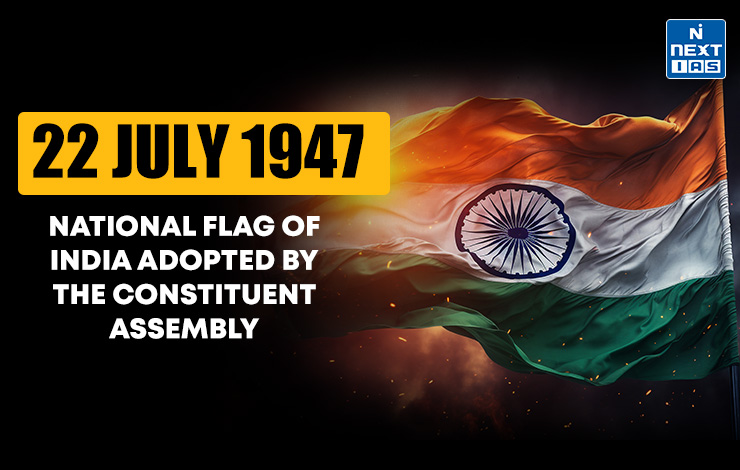
Celebrations of National Flag Day
Here is an overview of some common types of events that take place as part of National Flag Adoption Day celebrations across India:
- Flag Hoisting Ceremonies – Government offices, educational institutions, and public spaces host flag hoisting ceremonies to commemorate the adoption of the National Flag by the Constituent Assembly.
- Awareness Campaigns – Various organizations conduct awareness campaigns to educate the public, especially students and youth, about the history, significance, and symbolism of the National Flag.
- Public Lectures and Discussions – Universities, historical societies, and cultural organizations organize lectures, seminars, and panel discussions on the evolution of the Indian flag, its importance in national identity, and its role in the freedom struggle.
- Art and Cultural Events – Art exhibitions, painting competitions, and cultural performances are organized to showcase artistic interpretations of the National Flag and its symbolism.
- Patriotic Activities – Patriotic songs, plays, and storytelling sessions are held to instil a sense of pride and respect for the National Flag among citizens, especially the younger generation.
- Community Outreach – Local communities participate by organizing flag-themed events, rallies, and community service projects that emphasize national unity, diversity, and the values enshrined in the Indian Constitution.
- Partnerships and Collaborations – Government bodies, educational institutions, and civil society organizations collaborate to organize inclusive and impactful events that highlight the significance of the national flag in fostering unity and patriotism.
Objectives of National Flag Day Celebration
The objectives of National Flag Adoption Day celebrations in India typically include:
- To reinforce the spirit of national unity and integrity among citizens by honouring the symbol of the national flag.
- To educate the public, especially students and youth, about the history, significance, and symbolism of the national flag.
- To instil a sense of patriotism, respect, and pride for the national flag and what it represents – freedom, sovereignty, and unity.
- To reflect on the struggles and sacrifices made by the freedom fighters and leaders who contributed to the adoption of the national flag.
- To promote cultural activities and events that showcase the significance of the national flag in India’s cultural heritage.
- To encourage active participation of communities, educational institutions, and organizations in celebrating the national flag as a unifying symbol of the nation.
- To raise awareness about the laws and guidelines governing the proper display and use of the national flag, promoting responsible civic behaviour.
- To inspire future generations to uphold the values of democracy, secularism, and inclusiveness that the national flag represents.
National Flag Day 2024 Celebrations
- Like every year, Indian National Flag Day 2024 is celebrated on 22nd July to commemorate the adoption of India’s National Flag by the Constituent Assembly in 1947.
- As we approach National Flag Adoption Day 2024, the specific theme for this year’s celebrations has not yet been announced officially.
- However, activities and events will be organized around the theme once declared, focusing on honouring the flag’s symbolism, reflecting on its historical significance, and promoting national unity and pride.
Theme for National Flag Day 2024
- The theme for National Flag Adoption Day 2024 will soon be declared, marking the occasion when India adopted its National Flag on 22nd July 1947.
- The theme for National Flag Day 2024, decided in honor of this significant event, will guide the nationwide celebrations and initiatives aimed at highlighting the flag’s historical importance and its enduring symbolism of unity and independence.
- This theme will set the stage for various activities and events that will engage citizens in reflecting upon and celebrating the pride and values associated with our National Flag.
Significance of National Flag Day Celebrations
The importance of Indian National Flag Day celebrations lies in their role as a commemoration of a pivotal moment in India’s journey towards independence and national identity. The key points highlighting its significance are:
- Historical Commemoration – Indian National Flag Day, observed on 22nd July, marks the adoption of India’s tricolour National Flag by the Constituent Assembly in 1947. This event occurred just weeks before India gained independence from British colonial rule on 15th August 1947, making it a crucial milestone in the nation’s history.
- Symbol of Unity and Identity – The National Flag is more than a symbol, it embodies the unity, diversity, and aspirations of the Indian people. Celebrations reaffirm these values and serve as a reminder of the sacrifices made by freedom fighters who fought for India’s freedom.
- Educational Value – Through various activities such as educational workshops, lectures, and exhibitions, National Flag Day fosters a deeper understanding among citizens, especially youth, about the flag’s history, significance, and the principles it represents—democracy, diversity, and inclusiveness.
- Patriotic Sentiment – Celebrations evoke a sense of pride and patriotism among citizens. It encourages respect for national symbols and reinforces the values of independence, sovereignty, and national pride.
- Community Engagement – The day brings together people from all walks of life – government officials, educational institutions, civil society organizations, and the general public – to participate in events that strengthen national spirit and unity.
- Promotion of Civic Responsibility – By reflecting on the meaning behind the flag, celebrations promote civic responsibility and encourage active participation in nation-building efforts.
- Continued Relevance – Over the years, National Flag Day has evolved into an occasion for renewal and rededication to the ideals of freedom, justice, and equality that the flag represents. It serves as a reminder of the ongoing journey towards a more prosperous and inclusive India.
Conclusion
National Flag Day 2024 celebrations extend beyond a single-day event, symbolizing a pivotal moment in India’s history and its journey towards independence and unity. It serves as a reminder of the sacrifices made by freedom fighters and the values of democracy, diversity, and national pride that the flag represents. It encourages collective reflection on the ideals of freedom and sovereignty, reinforcing a shared commitment to uphold these principles in building a prosperous and inclusive nation.
Flag Code of India
| – The Flag Code of India is a set of guidelines and regulations that govern the display, usage, and respect of the national flag. – Enforced by the Ministry of Home Affairs, Government of India, the Flag Code of India outlines strict protocols for hoisting, handling, and displaying tricolour to ensure it is treated with dignity and honour. – The Flag Code of India specifies rules regarding the proportions, colors, and positioning of the flag, and prohibits its use in any manner disrespectful to its status as a national symbol. – The Flag Code of India serves to uphold the pride and integrity associated with India’s national flag, reinforcing its importance as a symbol of unity, sovereignty, and national identity. |
Frequently Asked Questions (FAQs)
When is Flag Day celebrated in India?
The Flag Day is celebrated in India on 22nd of July.
Why is Flag Day in India celebrated on July 22?
Flag Day in India is celebrated on July 22 to commemorate the adoption of the National Flag by the Constituent Assembly in 1947.
Which day is celebrated as the National Flag Adoption Day?
The 22nd of July is celebrated as the National Flag Adoption Day.
Why is National Flag Day celebrated?
National Flag Day is celebrated to honour and commemorate the adoption of the National Flag of India by the Constituent Assembly on July 22, 1947. This National Flag Day holds historical significance as it marks the formal selection of the tricolour flag with its deep saffron, white, and Indian green stripes, and the Ashoka Chakra in the centre.
Which assembly adopted the national flag on July 22, 1947?
The Constituent Assembly adopted the National Flag on July 22, 1947.
What is the importance of day 7 December in India?
December 7th in India holds significance as Armed Forces Flag Day.
